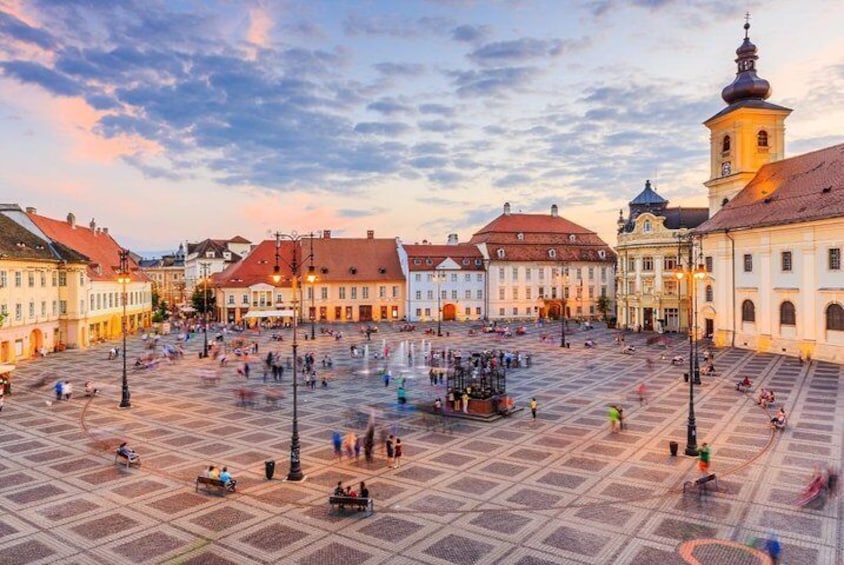Members save 10% or more on over 100,000 hotels worldwide when you’re signed in





6 days Transylvania Private tour from Budapesta to Bucharest
Features
- Free cancellation available
- 6d
- Mobile voucher
- Instant confirmation
- Selective hotel pickup
Overview
If Transylvania is on your bucket list, pack your garlic and get ready for the adventure of your lifetime!
Universal literature found valuable sources of inspirations in some of Romania’s castles, so that now we can enjoy the famous “Dracula” by Bram Stoker and “The Castle in the Carpathians” by Jules Verne.
Transylvania is the last truly medieval landscape in Europe, definitely feels like a travel back in time, like if you’ve gone back 100 years. If you are looking for peace and harmony this is the perfect place for you.
Transylvania is best known as the mysterious land of bloodthirsty vampires and howling wolves. Some may think it’s fictional, but this central Romanian region is a real place. And it’s pretty special, too.
Transylvania means ‘the land beyond the forest’ and feels undiscovered.
Here’s one of Eastern Europe’s most captivating regions.
Activity location
- Debrecen
- Debrecen, Hungary
Meeting/Redemption Point
- Debrecen
- Debrecen, Hungary
Check availability
Private tour in English
- 6d
- English
Only your group will participa
Pickup included
What's included, what's not
- Private transport
- WiFi on board
- Air-conditioned vehicle
- Professional tour guide in English
- We offer flexibility around the pace and itinerary
- Accommodation
- Food
- Entrance tickets to the sights - 45€ per person
Know before you book
- Public transport options are available nearby
- Suitable for all physical fitness levels
Activity itinerary
Day 1: Budapests - Oradea
- 2 stops
- Meals: Not included
- Accommodation: Not included
Debrecen
- 2h
Oradea
- 12h
Day 2: Oradea - Cluj Napoca
- 2 stops
- Meals: Not included
- Accommodation: Not included
Oradea Fortress
- 2h
- Admission ticket not included
Cluj-Napoca
- 12h
Day 3: Cluj Napoca - Sighișoara
- 3 stops
- Meals: Not included
- Accommodation: Not included
Salina Turda
- 3h
- Admission ticket not included
Targu Mures
- 2h
Centrul Istoric Sighisoara
- 12h
Day 4: Sighișoara - Brasov
- 4 stops
- Meals: Not included
- Accommodation: Not included
Peasant Citadel
- 2h
Cetatea Rupea
- 2h
- Admission ticket not included
Viscri Fortified Church
- 2h
- Admission ticket not included
Brasov Historical Center
- 12m
Day 5: Brașov - Bucharest
- 3 stops
- Meals: Not included
- Accommodation: Not included
Bran Castle (Dracula's Castle)
- 2h
- Admission ticket not included
Peles Castle
- 2h
- Admission ticket not included
Snagov Monastery
- 2h
- Admission ticket not included
Day 6: Bucharest tour
- 5 stops
- Meals: Not included
- Accommodation: Not included
Palace of Parliament
- 2h
- Admission ticket not included
Muzeul National al Satului "Dimitrie Gusti"
- 2h
- Admission ticket not included
Ceausescu Mansion
- 2h
- Admission ticket not included
Muzeul Curtea Veche
- 1h
Ateneul Roman
- 1h
- Admission ticket not included
Location
Activity location
- Debrecen
- Debrecen, Hungary
Meeting/Redemption Point
- Debrecen
- Debrecen, Hungary